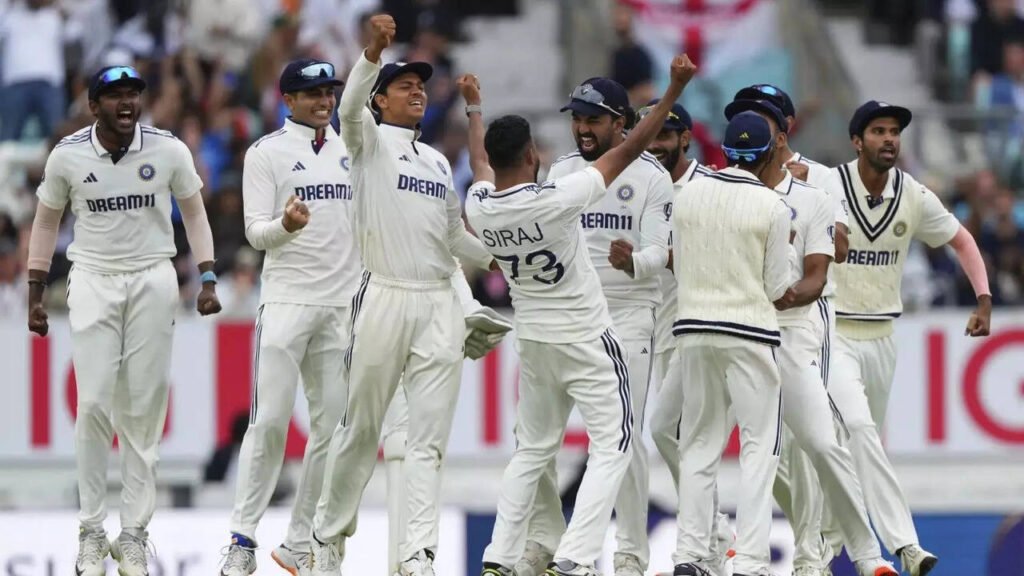Cable TV Operators Seek GST Cut to 5% Amid Rising Costs
The All India Digital Cable Federation (AIDCF) has urged Finance Minister Nirmala Sitharaman to lower the goods and services tax (GST) on cable television services from 18% to 5%, citing mounting financial stress and rising consumer bills. In its appeal, the federation argued that such a move would not only align with Prime Minister Narendra Modi’s vision for GST reforms but also ensure affordable access to television services for millions of households across India. According to AIDCF, cable TV currently reaches more than 64 million homes and sustains around 1–1.2 million jobs. However, the sector is struggling with steep hikes in broadcaster tariffs, shifting consumer preferences, and growing competition from unregulated OTT platforms. “Satellite channel prices have spiked by nearly 600% in recent years, causing a 35–40% surge in monthly consumer bills. A GST cut would help ease this burden and maintain affordability,” said Manoj P. Chhangani, Secretary General of AIDCF. The federation highlighted that the industry, made up of 852 multi-system operators and about 1.6 lakh local cable operators—most of them small entrepreneurs in towns and villages—is under severe liquidity pressure. A lower GST rate, it said, would help sustain operations, curb subscriber churn, and enable investment in broadband services, complementing the government’s Digital India initiative. Representing over 60% of India’s cable TV market, AIDCF has requested that the demand be considered at the 56th GST Council meeting scheduled for September 3–4 in New Delhi. The council is also reviewing a proposal to simplify the GST structure by merging the current four-tier system (5%, 12%, 18%, 28%) into two slabs—5% and 18%. Source: Economic Times
Cable TV Operators Seek GST Cut to 5% Amid Rising Costs Read More »










